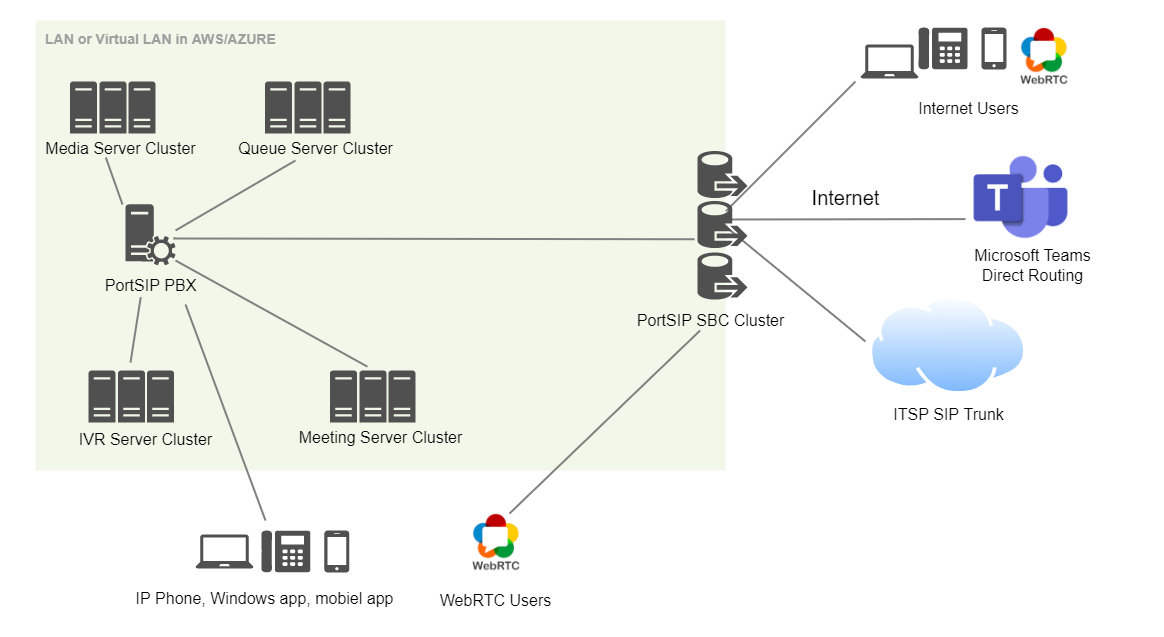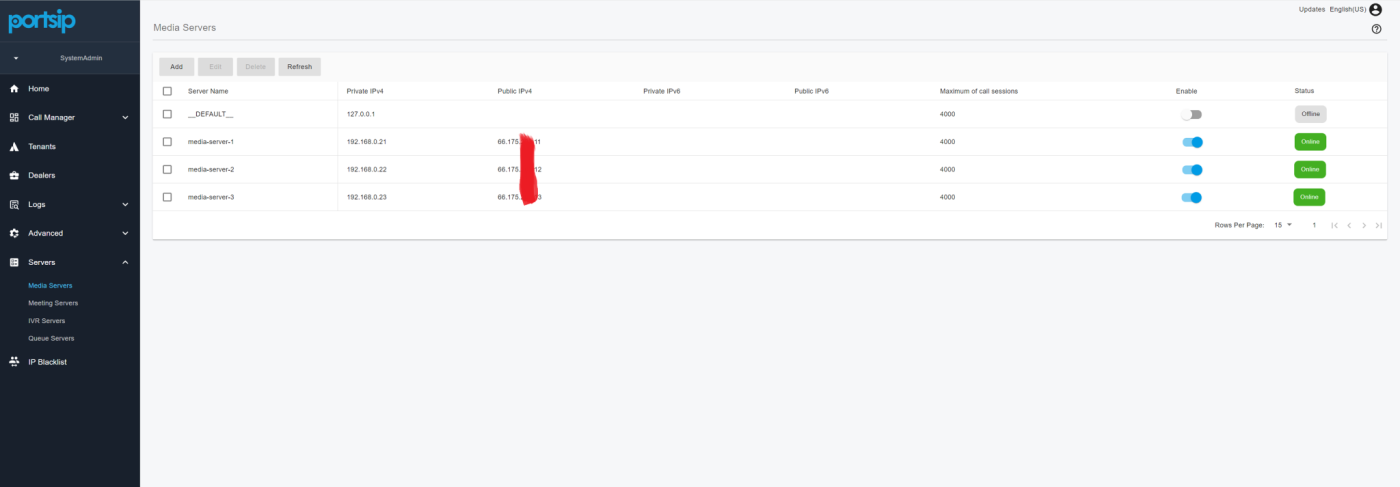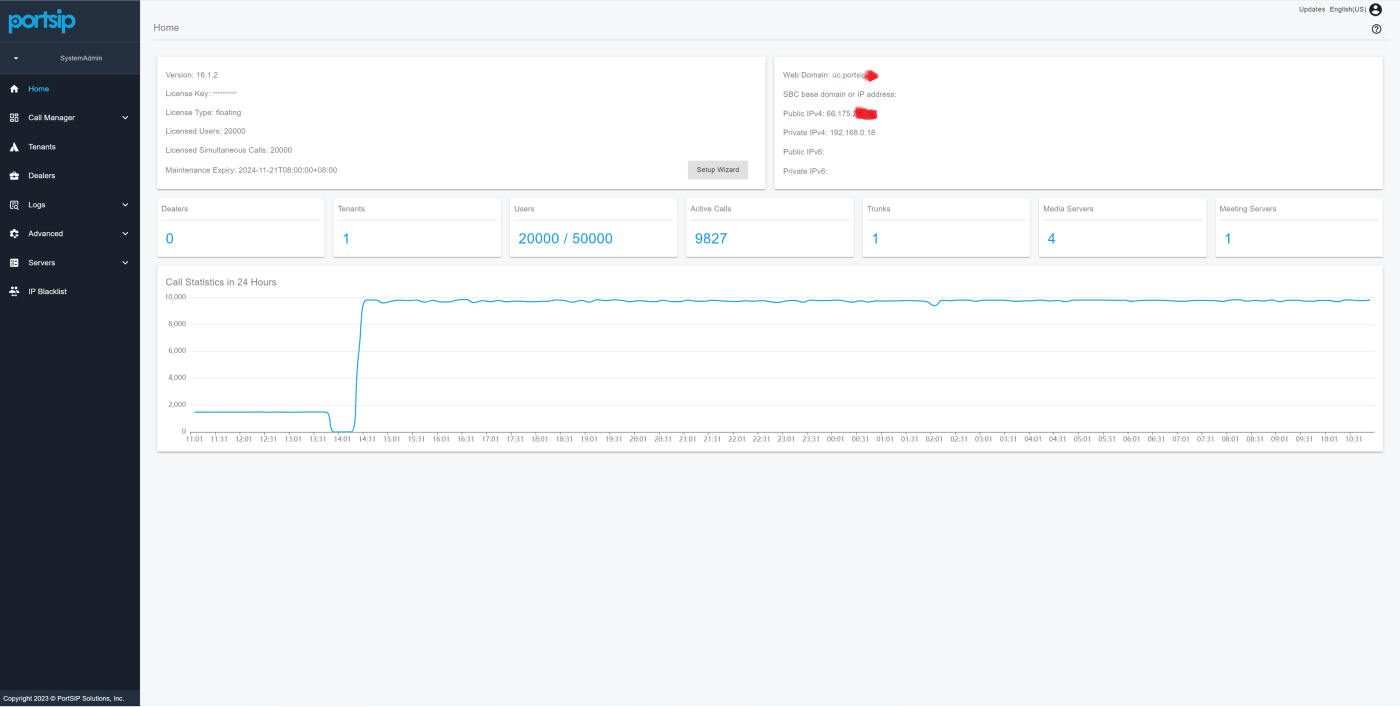In today's era of cloud communication, many service providers host their cloud PBX services in the cloud, such as Webex Calling, RingCentral, and Nextiva. However, finding a high-quality PBX for operating a cloud PBX business can be challenging due to the multitude of vendors in the market, not all of whom can provide an optimal solution.
For service providers, a cloud PBX must support a large number of users and handle high volumes of calls. Typically, a cloud PBX should be based on a multi-tenant architecture, allowing the service provider to set up a single PBX installation that can serve a large number of tenants, users (extensions), and calls. Therefore, performance and scalability are crucial for a cloud PBX solution.
Most PBXs in the market address these concerns in the following ways:
1. Deploy multiple PBX instances and place SIP Proxy servers (such as OpenSIPS, and Kamailio) in front of the PBXs. These are usually open-source PBX solutions like Asterisk, FreeSwitch, or PBXs (for example, Bicom) based on Asterisk/FreeSwitch. The downside is that the configuration is complex, requires senior engineers for maintenance, and consumes substantial hardware resources.
2. Deploy multiple PBX instances, set each PBX to other PBXs as the trunk to build a mesh network, and then assign users to different PBX instances. This solution is difficult to manage and also consumes substantial hardware resources.
PortSIP Solution
PortSIP has developed its PBX and UCaaS in-house, focusing on high performance and designed specifically for the cloud communication age. The architecture is 1-N, with the central server handling only the SIP signaling. Other application servers such as Media Server, Queue Server, IVR Server, and Meeting Server can be deployed separately on other servers. These server components support scalability. With the following architecture topology, a PortSIP PBX installation can support a maximum of unlimited tenants, 100K users, and 10K simultaneous calls.

The PBX administrator simply needs to launch an application server instance, and then add the server information in the PBX web portal. The PBX load balancer will then allocate the meetings, calls, and RTP streams to different servers. This can be done with just a few clicks, without needing extensive technical knowledge or skills.


PortSIP UCaaS
For those with more than 100K users, you may want to check out the PortSIP UCaaS solution. It's designed for large service providers, supporting 1M+ users by deploying Kubernetes. It's easy to scale to support more users by simply adding more servers. To satisfy all the Unified Communications-critical features, it provides enterprise users and service provider customers with a powerful way to grow revenue and tap new markets.
PortSIP PBX Solution Has Your Back

When weighing the solution for hosting the Cloud PBX, you have to look at your needs today and tomorrow. You have to ask yourself where you want to be in the next year or two and beyond.
Here at PortSIP, we’ll walk you through everything, including free porting of your existing solution. We’ll help you select the right VoIP desk phones that meet your client's budget and everyday business needs.
In the age of the cloud, you cannot keep inching along with a legacy PBX. Your traditional PBX solution costs you more than it’s saving.
Take advantage of the PortSIP Solution and the freedom to work from anywhere. PortSIP PBX lets you focus on serving your customers, not trying to figure out the system. You can leave the rest to us.

